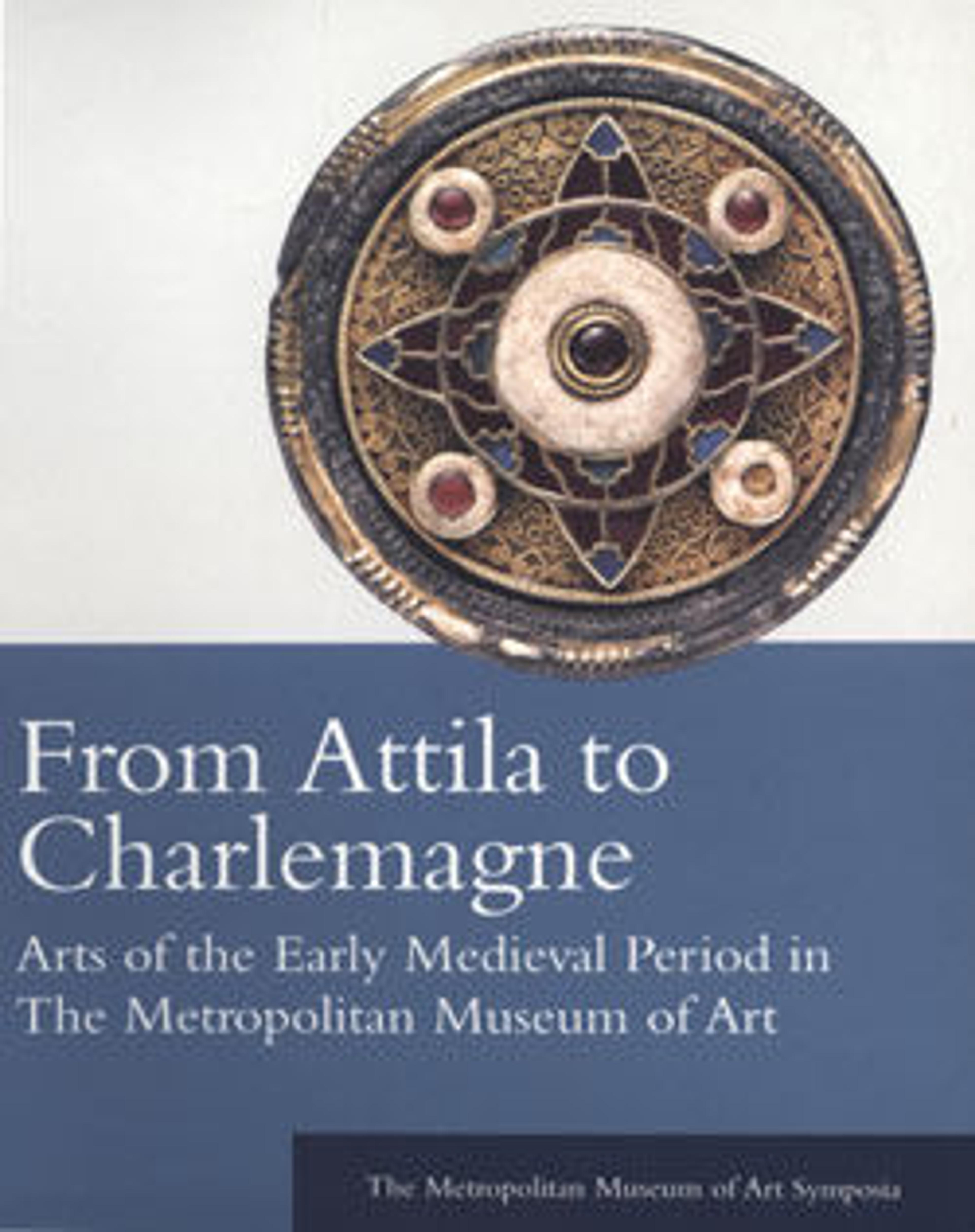
From Attila to Charlemagne: Arts of the Early Medieval Period in The Metropolitan Museum of Art
The arts of the Early Medieval period form a major, yet little-known, part of the material from the Middle Ages in The Metropolitan Museum of Art. Recent research on this fascinating period from approximately A.D. 400 to 800 reveals a more comprehensive picture of what has been traditionally referred to as the Dark Ages or the Migration period. The Museum's holdings in this area, the subject of a symposium and of new studies by leading European and American specialists, demonstrate the exceptional richness of material bridging Antiquity and the Middle Ages. The twenty-six essays in this volume provide the first in-depth study of this American repository of arts representing the many cultures and peoples that created early Europe, including the Ostrogoths, the Langobards, the Franks, and the Anglo-Saxons. The products of this great age of "portable art" range from elaborate weapon fittings and ornate buckles to gold brooches and other intricately designed and decorated jewelry. Over six hundred black-and-white photographs and eighteen color-plates dramatically testify to the depth, breadth, and beauty of the Museum's Early Medieval collection. Of interest to both scholars and laymen, this publication coincides with the opening of the Museum's new galleries devoted to the arts of Byzantium and the Early Medieval period.
From Attila to Charlemagne: Arts of the Early Medieval Period in The Metropolitan Museum of Art also inaugurates a series of symposium volumes. These volumes will present the results of symposia at which scholars in the relevant fields assess aspects of the Metropolitan's collections.
Met Art in Publication
Citation
Kidd, Dafydd, Katharine Reynolds Brown, and Charles T. Little. 2000. From Attila to Charlemagne: Arts of the Early Medieval Period in the Metropolitan Museum of Art. The Metropolitan Museum of Art Symposia. New York New Haven [Conn.]: The Metropolitan museum of art Yale university press.